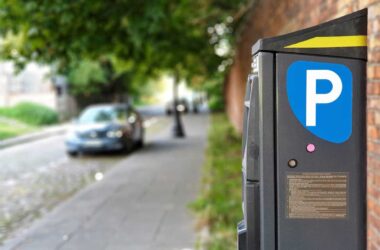THE Government of Saint Lucia passed the Styrofoam and Plastic (Prohibition) Act on 11 June 2019. At the time, the Act was seen as a stepping stone in the government’s promise to reduce the dependence of single-use plastic on the island. The whole idea was to have a clean, safe, and healthy environment.
The Act back then was seen as an important instrument that would assist in the enforcement of a reduction in single-use plastic, or better still, its total elimination on island.
The call to reduce or eliminate the use of plastic in Saint Lucia was made several years prior to the passing of the Styrofoam and Plastic (Prohibition) Act.
At the time it seemed like everyone was taking up the challenge to reduce the country’s love for plastic. And it was working.
We recall Massy Stores, in a May 2018 press release stating that it would begin a campaign to discourage the use of single-use plastic bags for bagging of groceries at its checkout points throughout its stores in the region. Massy spoke about a strategy to reduce plastic waste as a broader commitment to becoming more environmentally sensitive throughout its operations.
How effective have these bold talks about plastic reduction in Saint Lucia been? Has the use of plastic significantly reduced in Saint Lucia in 2023? Or is the use of plastic slowly creeping back into the Saint Lucian society and if so, what are we doing to stop it?
The Styrofoam and Plastic (Prohibition) Act took effect on August 1, 2019, with a ban on the importation of All Styrofoam® and selected single-use plastic food service containers. This was followed by a twelve -month phase-out period for phase 1 and 2 respectively.
Today we can boldly state that this Act has significantly achieved its stated objectives.
As for Massy Stores’ pledge to significantly reduce the use of plastic in the territories it operates in, we also boldly state that it too has succeeded in meeting its objectives. Massy has spoken of utilization of single-use plastic bags being reduced by as much as 60%-90% across its stores.
It further stated that one year after its bold announcement to implement a charge for single use plastic bags, its stores recorded positive customer response that has led to an 80%-90% reduction in the circulation of single use plastic bags from its 48 stores across the territories in which it operates -Trinidad and Tobago, Barbados, St. Lucia, St. Vincent and the Grenadines and Guyana. This reduction translates to over 40.5 million bags removed from circulation over the past year.
What Massy had done was to instill in the minds of Saint Lucian the need to do away with plastic bags, a move which could very well lead to, if not the avoidance of plastic pollution of our environment, at least its significant reduction. By charging 25 cents for a bag, the company forced us to rethink our use of plastic. Other stores have followed suit, emulating an action that has worked well in our move to eliminate plastic pollution in the country.
But the story does not end there.
We are seeing a trend which, if not halted, may lead the island back into its environmental struggles with plastic.
Written on some plastic bags in use is the word “biodegradable” meaning plastics that can be decomposed by the action of living organisms. But not all plastic bags being used in the country are biodegradable or decomposable.
Then there are the bottling companies with their sugar sweet drinks encased in plastic bottles. What about the companies which sell bottled water. Do the bottling companies have a plan for the environmentally safe disposal of their plastic bottles?
At the core of all of this is that plastic bags and plastic bottles are still ending up in our drains and rivers blocking them and causing flooding of which we have been warned about many times.
What conundrum are we building for ourselves when we claim to have laws in place to reduce and/or eliminate the use of plastic in the country, yet that same plastic is still threatening our environment?
Are we slowly but surely building back to a place we once were with plastic?





